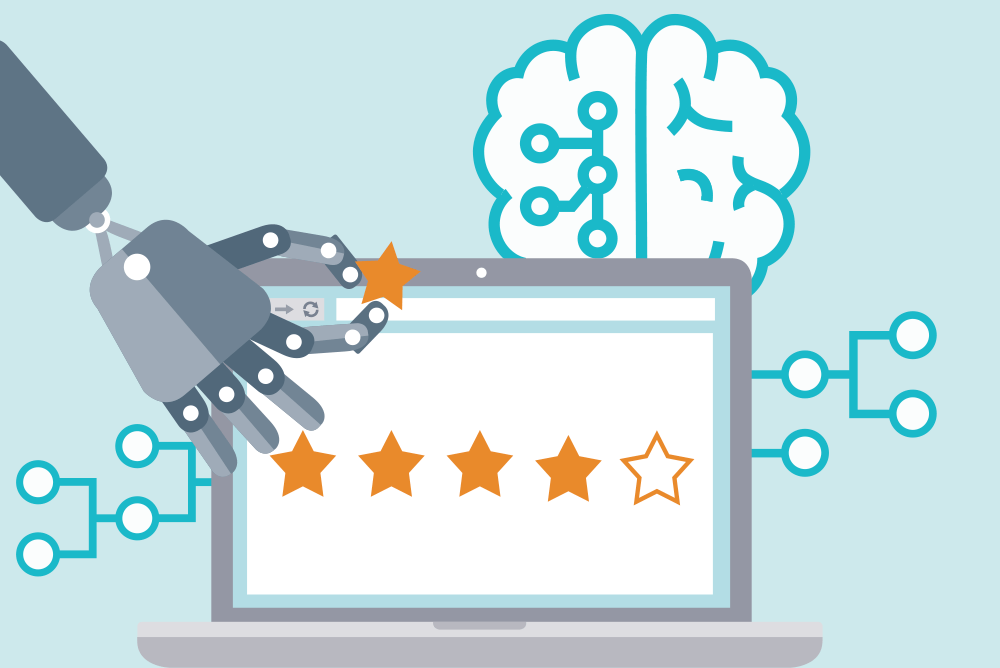Often, when we think about big data, we think about the volumes of data that are referred to. It is tempting to do this because big data does involve large volumes of data that are constantly growing at exponential rates. Advances in the growth and development of big data computing constantly dominate the news. It takes advanced software and BI tools to even begin to comprehend the volume of certain measurements, such as petabytes and exabytes.
But it doesn’t stop there. Researchers in the Human DNA field have forecast the creation of two to forty exabytes of data per year in the coming decade. That is an Everest of data, and it does not even account for the amount of Internet which Louise Summerton (see below) reminds us will also create colossal volumes of big data in the coming years.
Client and service first, data second
In my experience with an expert, I learned that the amount of data a company has is relatively immaterial; what is most important is whether or not a company has the correct amount of data to best serve a client. The expert illustrated, with an example, just how little data you sometimes need in order to serve a customer. It is this kind of evolving philosophy that has shifted the way we think about data from volume-centric to outcome-centered thinking. We have begun to use words such as data analytics, smart data and actionable data when talking about this new way of thinking about data; words that developed as a way of describing how data can be better used.
It is a well-known fact that contact centers are struggling to come to grips with the growing volumes of data as well as the formats and types of mainly unstructured content and data. The data alone is a challenge. In addition, we expect customer service departments to work closely with other business departments so that customer queries can be resolved speedily, even when the customer is using multiple channels to communicate his/her query.
We can no longer ignore the fact that customer service goes beyond the provision of the service itself. Neither can we ignore the fact that it is a necessity to make sense of data and to ask the customer the right questions in order to get the right information from them.
The solution to this conundrum lies in having the correct data, instead of focusing on how much data you have. The next step is to make sure that the unstructured data you have has been connected meaningfully and correctly with other pieces of data in order to paint an accurate picture of the context. Finally, it is vital to have that connected data analyzed in a way that serves the customer best, using automated processes to save on human resource costs and only using personal messages where necessary.
On Silicon Republic, Louise Summerton speaks about the importance of decision-making processes in dealing with big data, i.e. making decisions that serve the customer best.
The customer drives the need for connected data intelligence
Big data is a driving factor, but it is not the central issue here. What is key is the way in which the data are being used and how they are managed. How do customers seek to be communicated with? Nowadays, they use different channels in order to communicate with businesses, and they switch between these for various reasons. They also expect a seamless stream of communication to be developed by the business so that they can pick up where they left off on a different channel, for example. This greater communication between businesses and their customers has allowed us to gather more information than ever before so that the outcomes desired by the customer can be set out anywhere, anytime and in whichever way the customer desires.
An overwhelming majority of 85% of professionals in the customer service field believe that coming to grips with the management of unstructured data will give them a competitive advantage in customer service and also determine the ways in which customers are served in the future. It is forecast that this majority will continue to grow. This expected growth is because of the relative novelty of big data, which puts us in the nascent phase of a process that might last decades. At the core of this process is the bridging of the gap between the customer and the business.




